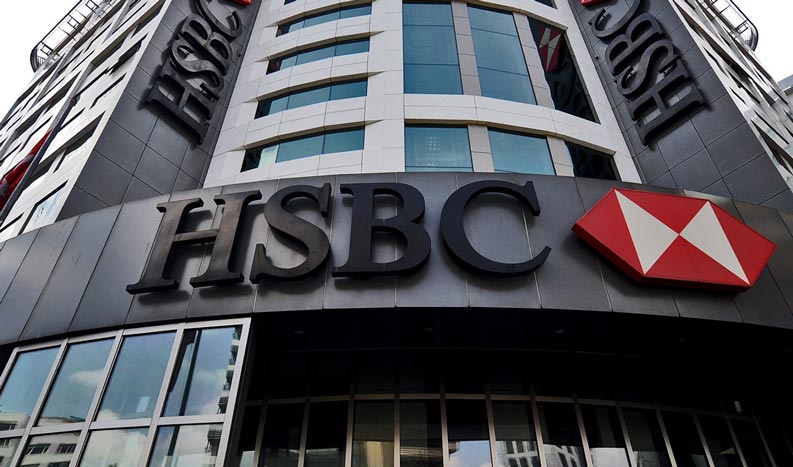HSBC Australia has confirmed its third broker partnership with REA Group’s Smartline.
HSBC’s products will be available from this month, including Home Value which is available at 3.64% p.a. (comparison rate 3.66% p.a.*) for owner occupied loans paying principal and interest.
In addition, qualifying Smartline customers will have access to HSBC Premier, the bank’s premium banking and wealth management service.
HSBC Australia returned to the broking space with Aussie Home Loans in 2017 and announced its second broker partnership with Mortgage Choice, in January of this year.
Speaking to Australian Broker, Alice Del Vecchio, the bank’s head of mortgages and third party distribution, said, “We hand-picked Smartline because they are a great fit for us.
“They are an extremely compliant business and they work to the highest global standards, but beyond that they also have a really good franchise model. The teams there are long term and the average tenure is 10 to 12 years, so you have some really long term, established brokers who know the market and know their stuff. They really appreciate having the opportunity to bring a brand like ours on board and the value and opportunity it can bring,” she continued.
Smartline has arranged mortgages for more than 275,000 home owners and has a nationwide network of 400 brokers. HSBC joins more than 30 lenders on the aggregator’s panel.
Sam Boer, CEO of Smartline said, “HSBC is a well-recognised global brand with a comprehensive range of home loans that will help us meet the needs of our customers. We take pride in the longevity of our customer relationships and the strength of our customer service, and we believe this partnership is a great fit.”




